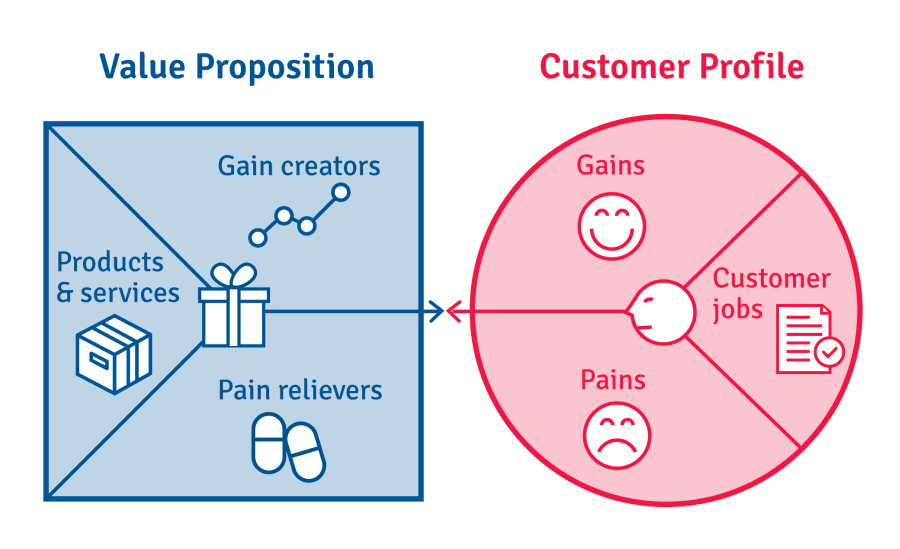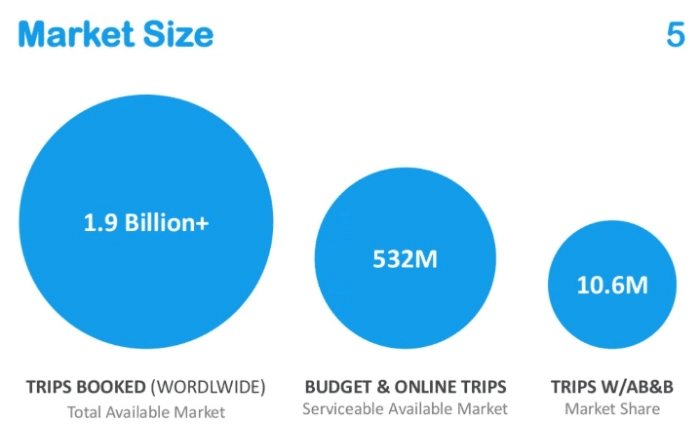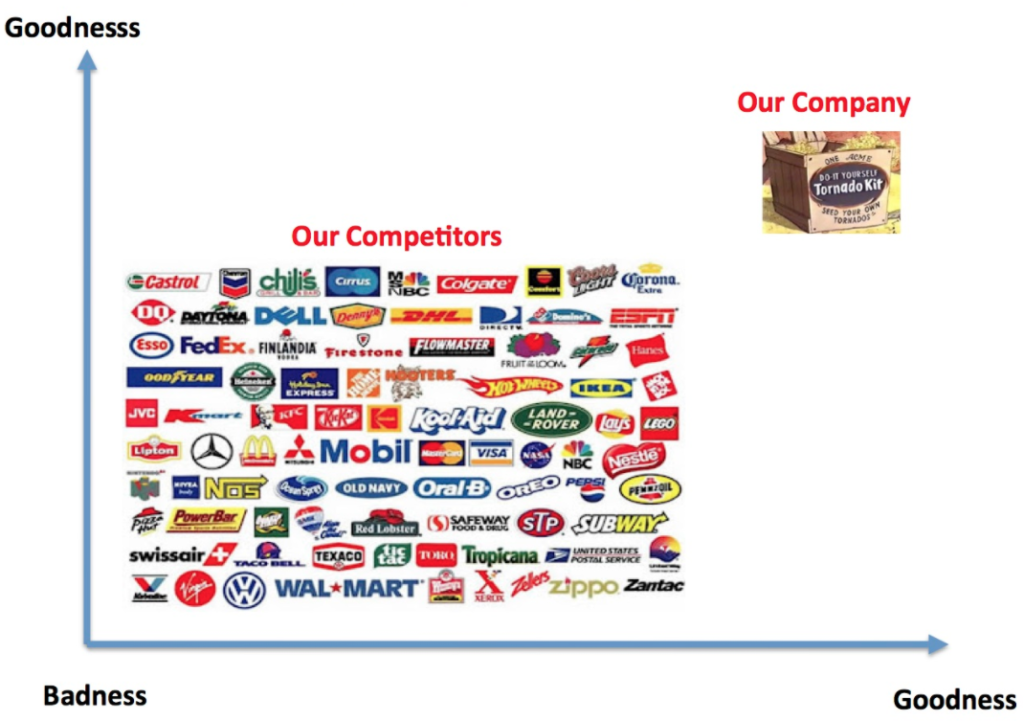Admit it: in the last year, you have thought, “I have a startup idea that will make me a millionaire“. Another classic statement is: “yes, I believe I can create the new Facebook for pets”, or “the new Airbnb for camping”, or the “Youporn for food”. It’s easy to create “the new insert a famous platform for random product”. What you may miss, is the right deck to startup.
The real struggle for founders is not having moonshot ideas for their next company but turning them into a working entity. According to Failory, 90 % of startup fails in the first years. The reason that it happens, according to CB Insights, is lack of market need, cash depletion, or team incompetence.
Consequently, to bring your entrepreneurial idea to life, you need to bulletproof it in many aspects and create a compelling deck to present to your investors. In the next paragraph, we’ll see the key factors to build the foundations for a startup pitch.
Intro: a Problem to Solve
People often fall in love with their ideas: they get so into their thoughts that they tend to forget the problem they were trying to solve. That is why you should start your pitch by stating the problem you are trying to solve with your idea. A good practice is to add a personal story to connect with the audience and some data to highlight the magnitude of the problem.
For instance, if you’re into environment and sustainability, you could both present stories of people whose lives have got terrible because of climate change and both data about temperature rise.

Now that your audience is connected with the problem, it’s time to present your solution like a real Steve Jobs. Do not forget to tell:
- Why your product or service is exceptional at solving the problem mentioned before
- What is the value proposition of the product, and how does it work
- Go into details and show how your product works, what the primary technology used are. If possible, prepare some product mockup or demo to make more tangible the concept.
How to find the Niche
Now your solution is starting to make sense and it’s time to think about the market: first of all, make sure you have prepared some validation for your product. Validation proves whether the right product was done. It ensures that the final customer can be interested in the product.
Customer understanding
To do so, you can survey friends, family and potential customers using quizzes or interviews. Beware that validation can vary a lot depending on the tool you are developing. Ideally, you will manage to come up with data showing that the people you interviewed perceive the problem and are not satisfied with the current solution on the market.
In the second place, define your customer persona: try to put your customers’ shoes and describe your potential customer: how old is he/she? What’s the age? What did he study? How do we get news? What are its main frustrations? What’s his/her aspirations? You should come up with a detailed portrait of your target. Here’s a template to do it more effectively.

Market Understanding
In third place, analyse the size of the potential market. One of the most common methods to do that is using the TAM SAM SOM. They are acronyms that represent different subsets of a market.
- TAM or Total Available Market is the total market demand for your product or service.
- SAM or Serviceable Available Market is the subset of the TAMyou target with your products and services within your geographical reach.
- SOM or Serviceable Obtainable Market is the portion of SAM that you can capture.
Here’s how Airbnb did it:

Last important piece, do not forget to analyse the competition and develop a strategy to beat it. List down at least 8-10 competitors, and come up with the reasons why you are better. What is your unique selling proposition? Why should customers choose you instead of others? Usually, what people do is measure two characteristics of each competitor (like price and quality) and plot it in a Cartesian plane that would show how your product is on the top right, i.e. the best of the chart. An example will certainly explain it.

Be Resourceful
Now that your audience is blown away by your idea, it’s time to reassure them that you have the right resources and financial plan to become the next billionaire.
It’s time to talk about money. What you should do, is clarify your business model: the startup’s plan to stay profitable. What I suggest is trying to start from a brainstorm of possible costs, activities and revenues. Then, start to continue filling out a business model canvas (“is a strategic management template used for developing new business models and documenting existing ones.”).

Building on the business model canvas, you can start quantifying and propose a budget for a time horizon of 3-5 years. The idea here is to project all the possible costs and revenues that will arrive in the following years, based on the market identified and the activities. What is going to be the fixed costs? How about personnel? What kind of investments and R&D will you need? How will you scale? Also, here, it is a good idea to use a template.
After that, conclude your presentation with a timeline in which you will present the main milestone you are expecting to reach in the following years (that ideally follows the budget) and the faces that initially will crunch the work. Make sure each component of the team has a role assigned!
Conclusion
Every time you communicate an idea, never forget to make a final recap: also, here, do not let your audience start asking questions without recapping briefly the problem, solution and implementation of your idea to remind them what is the mission and the vision that is guiding you.
